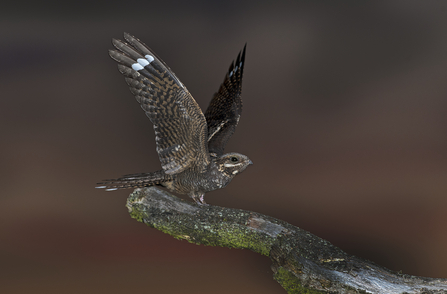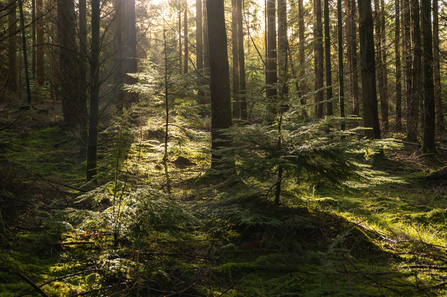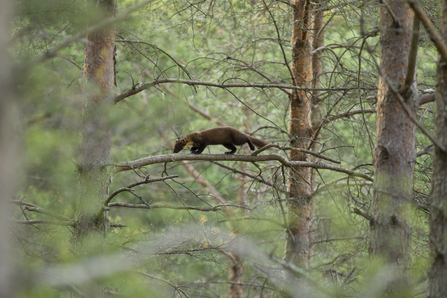The nation’s forests comprise the biggest single resource in the west and south-west of England and is managed by West England Forest District. The forests are loved and cherished by many, as havens of calm and tranquillity, destinations of choice for walking and cycling, attractive to families – encouraging people from local communities, as well as visitors from further afield to get out and relax, get fit, enjoy, and be inspired by our natural environment.
The West England Forest District manages large areas of wooded and open habitat in the Forest of Dean helping support a vast range of our native wildlife and contribute strongly to the rural economy, be it through employment in forestry itself, or the vibrant visitor economy.
Some of the UK’s most-loved wildlife depends on our careful and sustained land. The Forest of Dean offers some of the best places to spot wildlife from large mammals such as deer, to some of the smaller inhabitants such as bats, dormice, butterflies and Nightjar.
That said, the ecological richness of the Forest of Dean has declined over the last few decades, and some species are at risk of extinction in the Forest.




